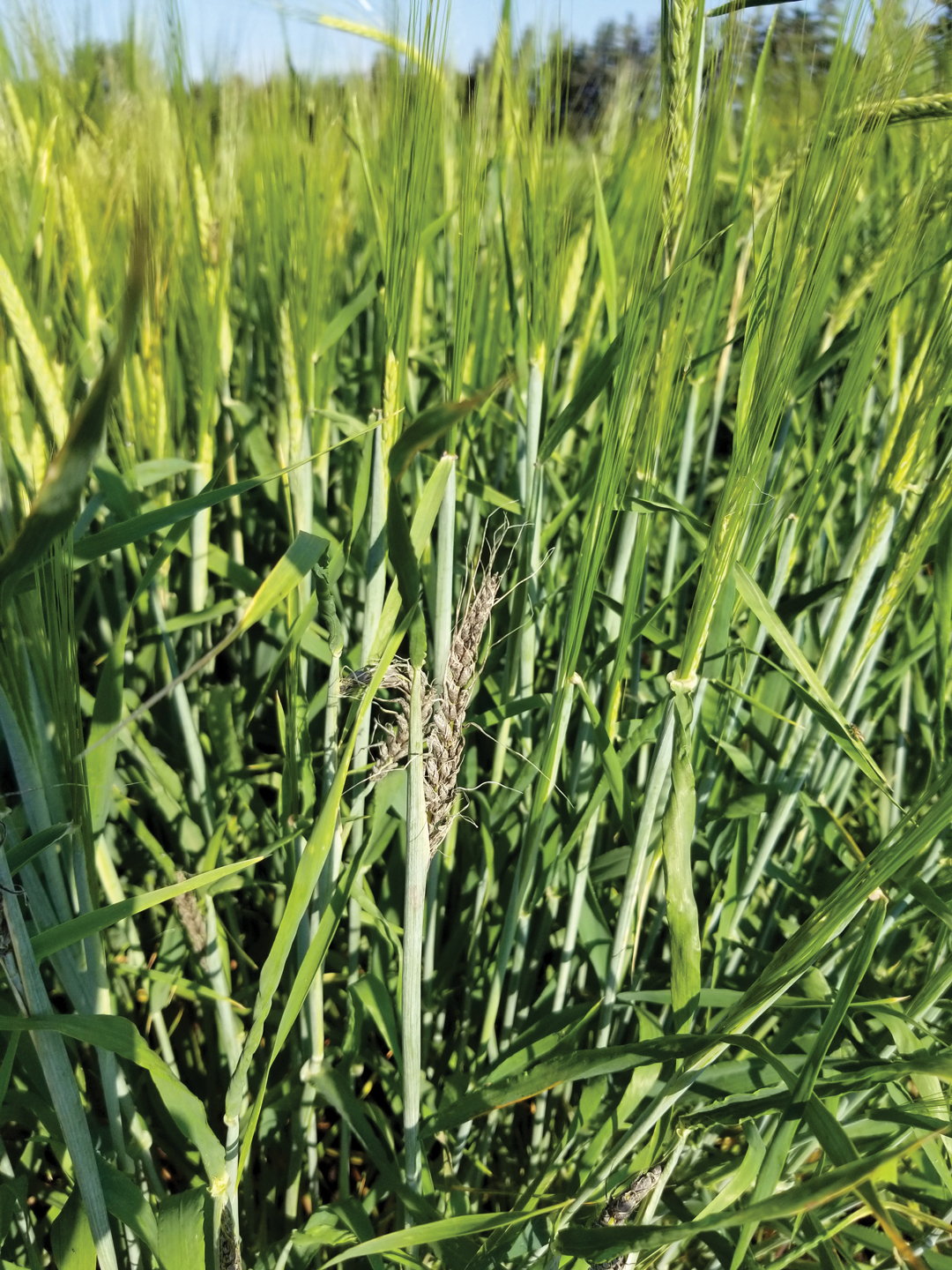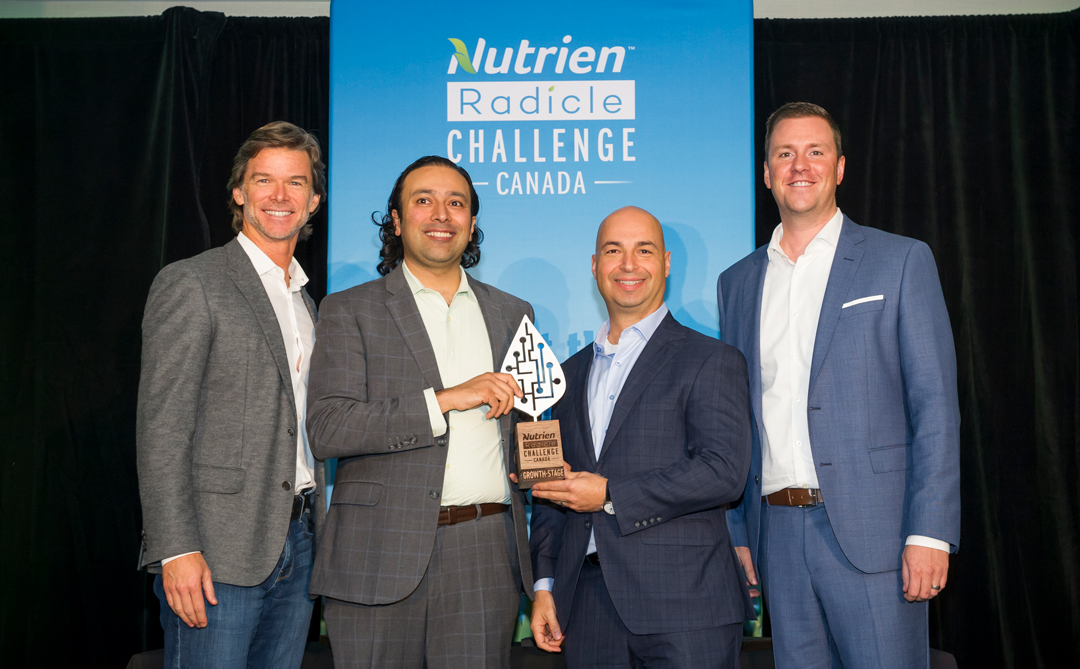THE FARMER MODEL
WHO DO YOU WANT IN CHARGE OF YOUR POCKETBOOK?
BY LISA SKIERKA
About three years ago, we started hearing determined rumblings about the end of the Canadian Wheat Board. Tensions amongst farmers were running high, but the government’s agenda was clear: It was time to open up grain marketing in Western Canada. Since then, we’ve had a couple of interesting years: One record crop and one crazy weather year. We’ve had terrible transportation issues, an ongoing debate on plant breeders’ rights, and a host of backroom discussions on end-point royalties and a permanent, non-refundable regional check-off.
With the government’s push on international trade agreements, combined with a move to implement UPOV 91, the message for Canada’s agriculture trading partners is that we are open for business. Yet real problems continue to exist on the home front, from getting grain on trains to agreeing on how best to manage the variety registration system.
For the record, although UPOV 91 still hasn’t been signed onto by Canada, the path forward is clear due to amendments to the Plant Breeders’ Rights Act under Bill C-18, the Agricultural Growth Act. Bill C-18 has many complexities, but one simple truth is that its amendments will bring Canada under UPOV 91, and subsequent regulations are likely to establish a mechanism for the collection of end-point royalties.
Through my work on international trade, I have come to believe that UPOV 91 isn’t just inevitable—its implementation is necessary in order to grow Canada’s status within international markets. That said, although farmers may never agree on all issues, it’s time to put past rivalries aside and start working on the future of Canadian agriculture.
For too long, government and industry have been able to push forward their own agendas with a divide-and-conquer mentality. If you have farmers on the right and farmers on the left, and neither is talking with any intent to compromise, it’s much easier for others to move their policy agendas forward.
But on the issue of funding variety development—on whether or not there will be an end-point royalty or a permanent, non-refundable regional check-off or some other collection mechanism—it’s time for farmers to come together, consider the options and decide what is really needed. It’s time to get down to business and determine what farmers want and expect in a future funding model.
This includes asking: Do you need an end-point royalty to be competitive? Or don’t you? At what cost? And, at what reward?
No matter how you answer these questions, it’s clear that we need to have an answer that works at the farm level. Choosing to do nothing—to see where the chips may fall—means the decision will be left to those who are more organized, have stronger voices, make better connections and simply know the right people. A system built in this manner—without the buy-in and support of the farmers who are going to pay for it—simply doesn’t make sense.
This past year, Alberta Barley held the first-ever Farmer Model meeting in Calgary to get direct input from farmers on what they want in a future research and breeding system. In holding this meeting, we learned that government and industry have a real reluctance to discuss a new funding system for crops research in Western Canada without first knowing what it will look like. In my mind, this defeats the purpose of engaging in an open discussion about what farmers want and need in the future.
In the coming weeks and months, let’s take the time to engage in a thorough discussion. Let’s debate and refute and argue and converse. Let’s chat and hash out and confer and deliberate. Let’s talk about what farmers want, and consider that discussion the real Farmer Model.







Comments